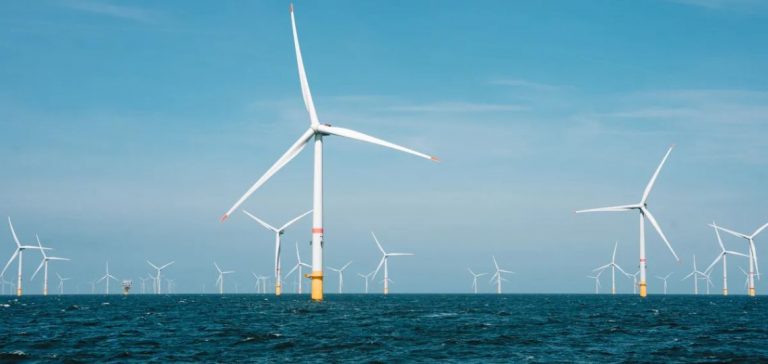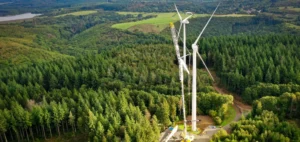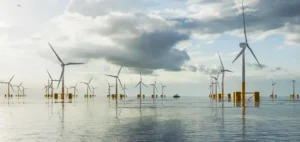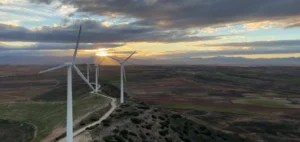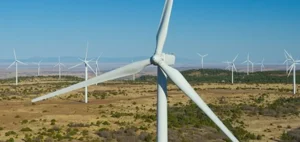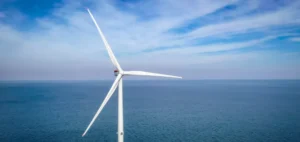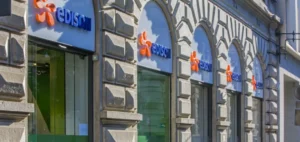Logistical and regulatory challenges
The establishment of new offshore wind farms must overcome several obstacles, particularly regulatory and logistical ones. The selection of suitable areas must take into account environmental imperatives, as well as economic activities such as fishing and maritime transport. The Ministry of Ecological Transition, in conjunction with the *Commission nationale du débat public* (CNDP), has conducted consultations along the four maritime façades of France to identify strategic locations.
More than 20,000 contributions were collected during the public debate “La mer en débat”, highlighting the importance of balancing energy production needs with the preservation of other maritime activities. The map to be published by the government will allow the official launch of the tenth offshore wind tender (AO10) before the end of 2024, with stricter allocation conditions to accelerate project completion.
Market attractiveness for industrial players
This new tender represents an opportunity for wind industry players, both national and international, to strengthen their position in France. The development of offshore wind has long been hampered by administrative complexity and the slow pace of permit procedures. The AO10, with an expected capacity of up to 10 GW, could reposition France on the map of European renewable energy leaders.
The European offshore wind market is dominated by companies such as Siemens Gamesa and Ørsted, which already have solid footprints in the UK and Germany. For French industrial players, the goal is to integrate into the value chain of this sector by developing local production capacities and suitable port infrastructures. The Ministry of Ecological Transition also emphasizes the importance of technological innovation, particularly in the field of floating wind turbines, to maximize the efficiency of future wind farms.
European competition and energy independence
The tender comes amid heightened competition with other European countries. The UK, for example, has nearly 13 GW of installed offshore wind capacity, and Germany is accelerating its own deployment to meet its climate targets. France must therefore quickly close its gap to avoid falling behind in this strategic market.
Offshore wind development is also a matter of energy sovereignty. By strengthening its national capacities, France can reduce its dependence on electricity imports and stabilize its long-term energy supply. This project is accompanied by the desire to structure a local industrial ecosystem, creating jobs and supporting innovation in marine technologies.
Long-term perspectives and integration into the energy mix
The ambition of 18 GW by 2035 requires rigorous planning and the mobilization of all stakeholders. Financing, managing conflicts of use, and optimizing the transmission network will be crucial to achieving this goal. The success of this tender will depend on the ability of companies to propose competitive projects while meeting the environmental and regulatory criteria set by the government.
The coming months will be decisive for the future of offshore wind in France. The launch of AO10 marks a key milestone, but the path to achieving the 18 GW target by 2035 remains challenging. Implementation conditions, construction timelines, and the ability of industry players to adapt their strategies will determine the success of this transition to a more diversified and resilient energy model.


